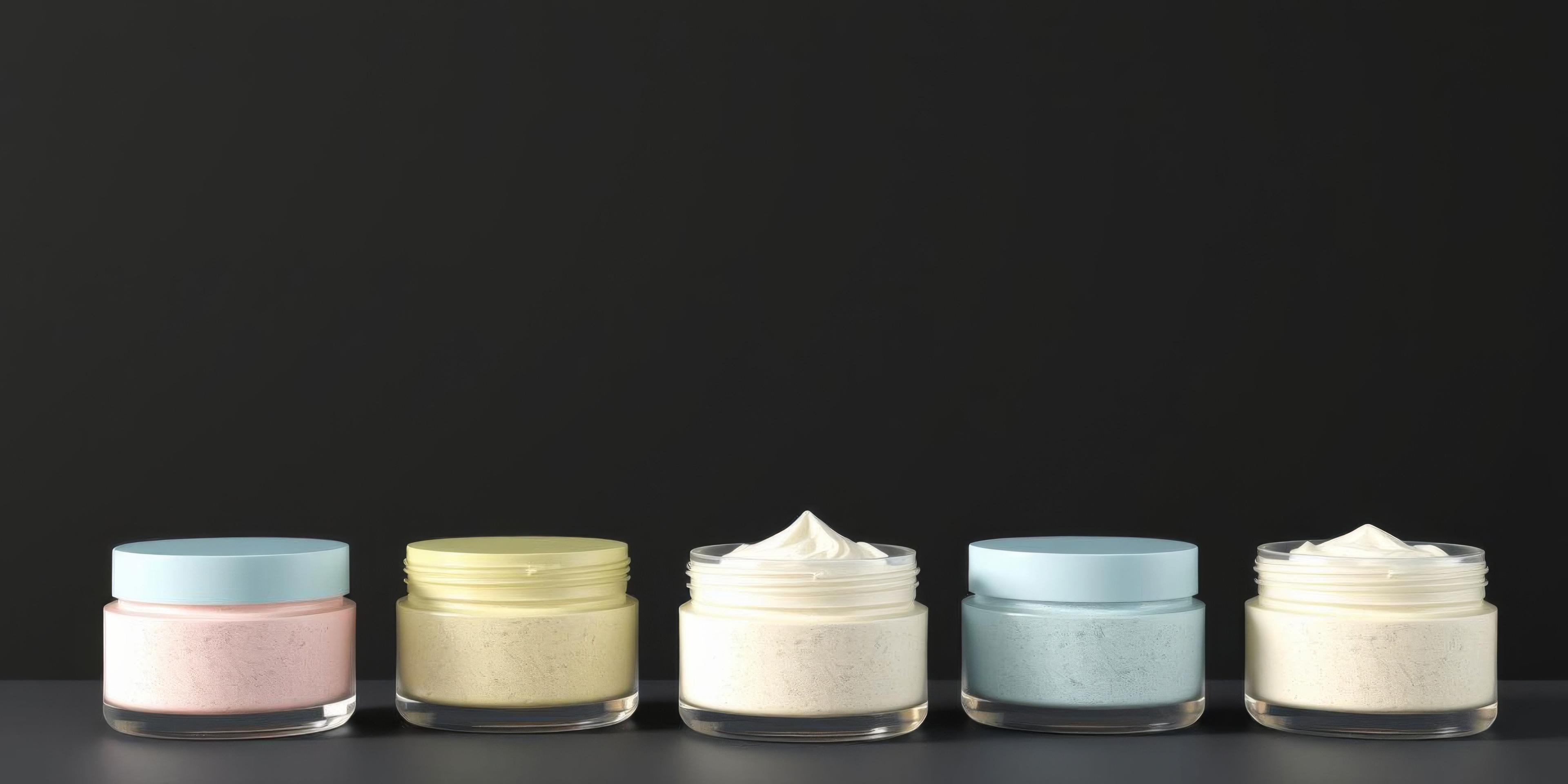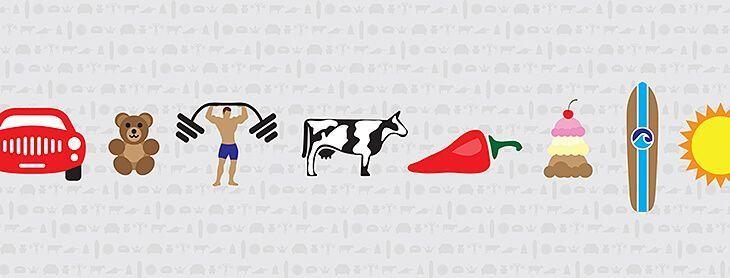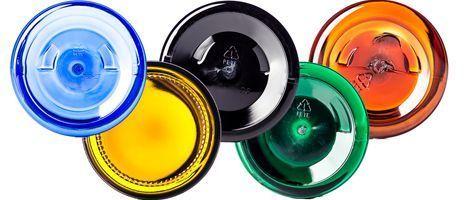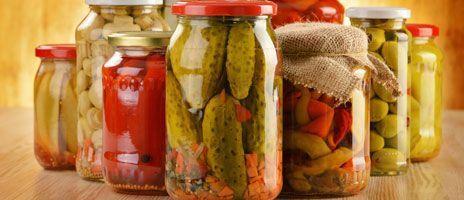What Consumers Want from Sustainable Packaging | Eco-Friendly Trends


What Consumers Really Want from Sustainable Packaging
The Shift Towards Sustainability in Packaging
Sustainable packaging isn’t just a trendy catchphrase anymore—it’s an expectation. Today’s consumers are informed, environmentally conscious, and willing to change their purchasing habits for the sake of the planet. If your business isn’t prioritizing sustainability, you might be losing customers faster than you think.
But here’s the big question: What do consumers actually want from sustainable packaging? It’s not enough to slap a green leaf logo on a box and call it eco-friendly. Consumers demand functionality, transparency, and true environmental impact reduction. Let’s break down what matters most to them.
1. Truly Sustainable Materials
When people hear "sustainable packaging," they immediately think of materials. They want packaging made from renewable, biodegradable, or fully recyclable materials—but not at the expense of durability or convenience.
Winning Solutions:
- Recycled and post-consumer materials – Consumers love when packaging has a second life.
- Compostable alternatives – If it’s plant-based and can break down naturally, even better.
- Bioplastics – Derived from renewable resources like corn or sugarcane.
What to Avoid:
- Non-recyclable mixed materials.
- Greenwashing—making sustainability claims without real evidence.
2. Minimalism & Smart Design
Gone are the days of excessive plastic and oversized boxes. Consumers want brands to be mindful of waste and space.
What Works:
- Right-sized packaging – No more “Russian doll” unboxing experiences.
- Mono-material design – Easier recycling when one material is used.
- Functional, reusable packaging – Adds value and reduces single-use waste.
3. Clear Recycling & Disposal Instructions
Many consumers want to recycle, but unclear labeling makes it frustrating. If packaging doesn’t provide clear disposal guidance, it often ends up in the trash.
What Helps:
- Standardized recycling symbols – Reduce confusion.
- QR codes linking to disposal guides – Educate and engage.
- Color-coded labels – Quickly indicate recyclability.
4. Refillable & Reusable Packaging
Refillable systems are making waves across industries, from cosmetics to cleaning supplies. Consumers are on board—if the process is convenient.
Popular Solutions:
- Glass or aluminum containers – Durable, sleek, and endlessly recyclable.
- Return-and-refill programs – Encouraging packaging reuse.
- Concentrated formulas – Less packaging, same great product.
5. Transparency in Sustainability Claims
Consumers can spot a fake green claim from a mile away. They want proof, not just promises.
Best Practices:
- Third-party certifications – FSC, Cradle to Cradle, Fair Trade.
- Transparent supply chain info – Show where materials come from.
- Honest, clear messaging – No vague eco-buzzwords.
6. Durability Meets Sustainability
Sustainable packaging shouldn’t sacrifice product protection. Consumers expect materials that are both sturdy and eco-friendly.
How to Deliver:
- Strong, lightweight materials – Less weight, lower carbon footprint.
- Tamper-proof but minimal designs – Safety without excess plastic.
- Water-resistant coatings – Only when necessary, and biodegradable.
7. Aesthetic Appeal Matters
Eco-friendly doesn’t have to mean boring. Consumers still want packaging that looks great on their shelves.
Winning Aesthetic Trends:
- Natural, earthy tones – Communicates sustainability visually.
- Minimalist typography – Clean, easy-to-read fonts.
- Unique textures – Embossing, paper finishes, and innovative materials.
8. Affordability & Accessibility
Sustainability shouldn’t be a luxury. Many consumers want eco-friendly packaging—but not at double the price.
Strategies for Cost-Effective Sustainability:
- Bulk purchase incentives – Reduce waste, save money.
- Subscription models – Encourage reuse with discounts.
- Leveraging government incentives – Take advantage of sustainability grants.
9. Brand Alignment with Consumer Values
People want to support brands that share their values. Packaging is a visible way to showcase commitment to sustainability.
Ways to Build Brand Trust:
- Mission-driven branding – Sustainability should be a core part of your identity.
- Community involvement – Partner with eco-conscious organizations.
- Customer education – Share the impact of their choices.
10. Compostability: The Ultimate Goal?
Biodegradable and compostable packaging is becoming a consumer favorite. But it needs to be done right.
Key Takeaways:
- Certified compostable materials – Ensure proper decomposition.
- Home-compostable options – More consumer-friendly than industrial-only composting.
- Educational content – Teach consumers how to compost correctly.
Final Thoughts: Future-Proofing Packaging Strategies
Sustainable packaging isn’t optional—it’s the future. Businesses that adapt now will build stronger brand loyalty and contribute to a healthier planet.
Want to stay ahead of the curve? Explore our cutting-edge sustainable packaging solutions today and align your brand with the values that matter most to consumers.




